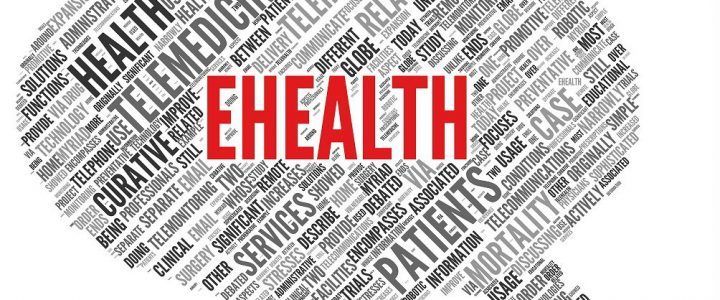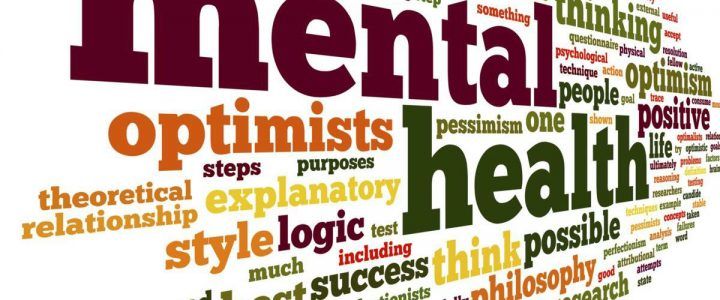Sarah S.K. adjusted her glasses, leaning closer to the glowing screen. The spreadsheet was a dizzying array of numbers, all meticulously categorized, yet one column steadfastly refused to make sense: ‘Cost per Patient, Adjusted.’ It read a flat $41. How could that be? Her supply chain analyst’s mind, honed by years of optimizing for razor-thin margins in brutal retail environments, simply could not reconcile it. Every variable, every operational expense she factored in, spat out a cost at least $171 higher than this project’s reported figure. It was, in a word, baffling. She’d tried to go to bed early the night before, but the numbers kept swirling, preventing sleep.
This wasn’t just a discrepancy; it felt like a direct challenge to the fundamental tenets of economics she’d held for 21 years.
We’ve all been there, haven’t we? Confronted with something that seems too good to be true, our immediate, almost involuntary reaction is to search for the catch. Especially in healthcare, an arena where astronomical costs are not just accepted but expected. Our collective experience has conditioned us to believe that healthcare must operate on one of two poles: either a for-profit behemoth extracting maximum value, or a state-funded system, often perceived as an inefficient, bureaucratic labyrinth. But what if there was a third way? A solidarity economy model that doesn’t just manage to survive but thrives

























































